Setup and installation of 'NocoDB: An Opensource License free alternative to Airtable' on AWS
- Open NocoDB: An Opensource License free alternative to Airtable VM listing on AWS marketplace

- Click on View purchase options.
- Login with your credentials and follow the instruction.
- Subscribe to the product and click on Continue to configuration button.
- Select a Region where you want to launch the VM(such as US East (N.Virginia))

- Click on Continue to Launch Button.
- Choose Action: You can launch it through EC2 or from Website.(Let’s choose Launch from website)

- Optionally change the EC2 instance type. (This defaults to t2.medium instance type, 2 vCPUs and 4 GB RAM.)
- Optionally change the network name and subnetwork names.
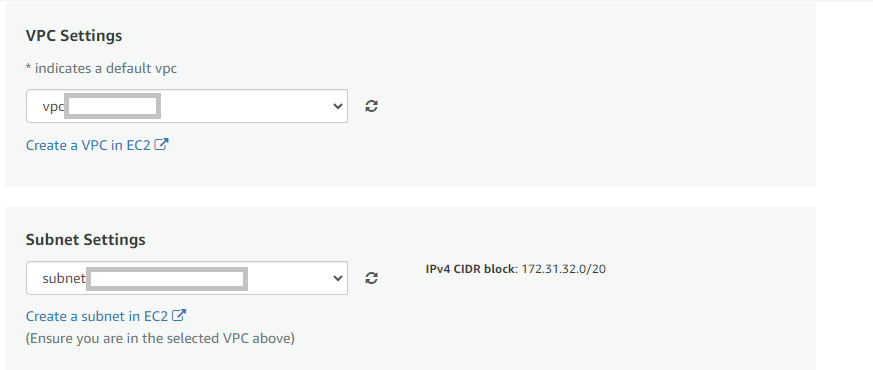
- Select the Security Group. Be sure that whichever Security Group you specify have ports 22 (for SSH), 3389 (for RDP) and 80 (for HTTP) exposed. Or you can create the new SG by clicking on “Create New Based On Seller Settings” button. Provide the name and description and save the SG for this instance.


-
Be sure to download the key-pair which is available by default, or you can create the new key-pair and download it.
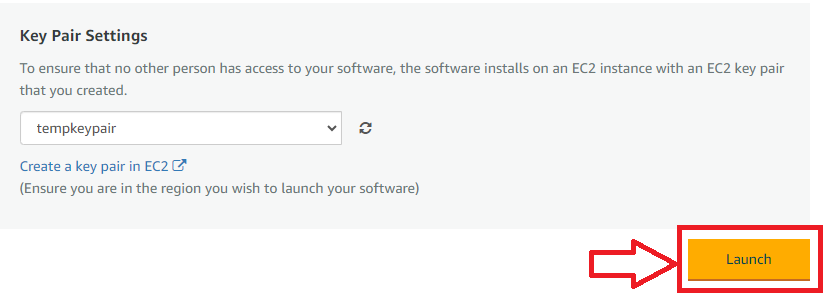
-
Click on Launch..
-
NocoDB: An Opensource License free alternative to Airtable will begin deploying.
- A summary page displays. To see this instance on EC2 Console click on EC2 Console link.

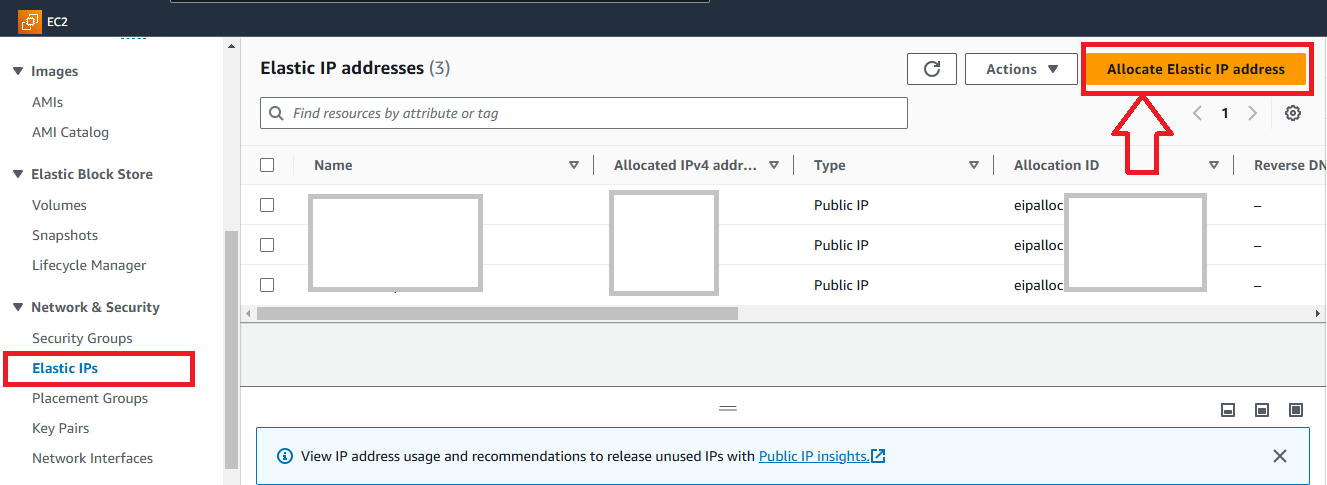
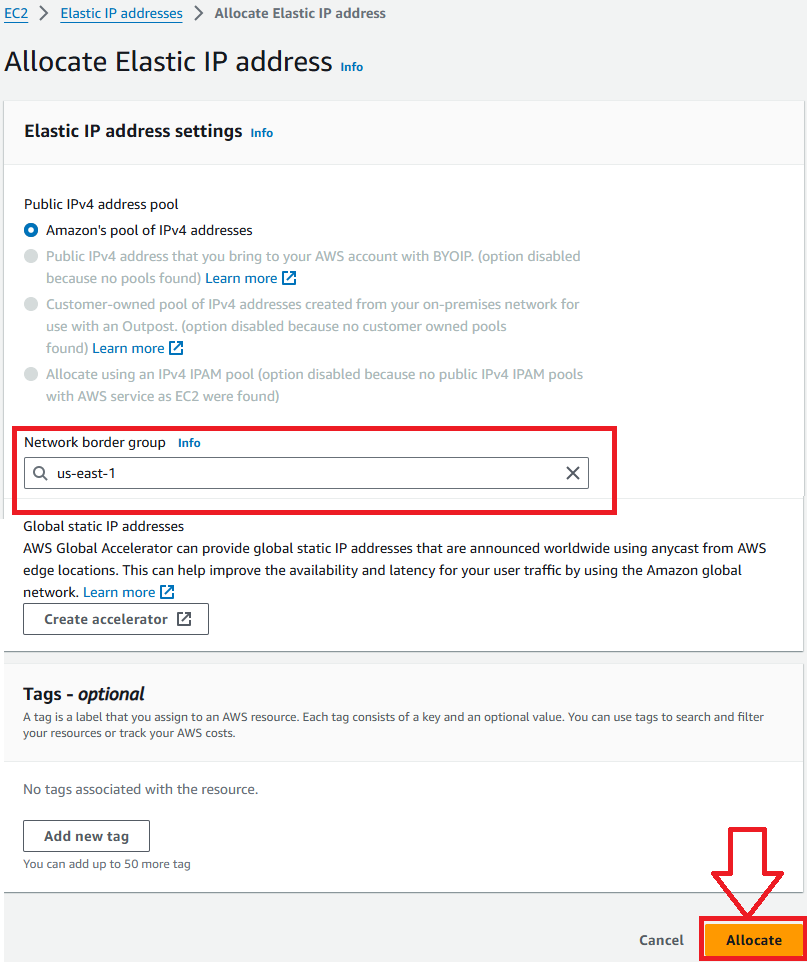
Please refer to Working with Elastic IPs Official Documentation for more details.

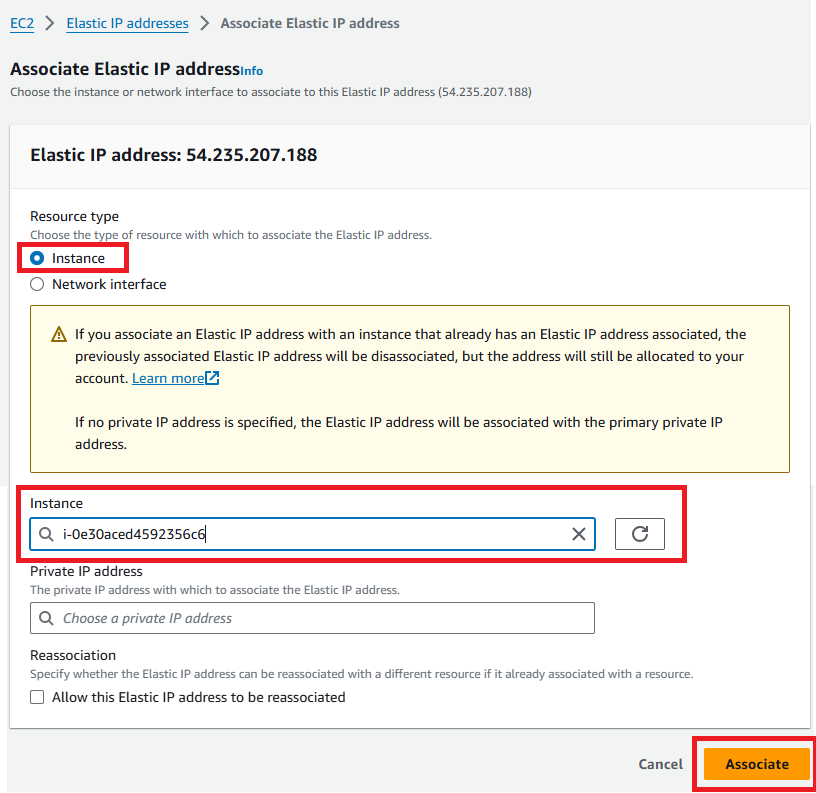
- Navigate back to your instance page and refresh it. Check that the Elastic IP is now displayed under the public IP address in the instance details.On the EC2 Console page, instance is up and running. To connect to this instance through putty, copy the IPv4 Public IP Address
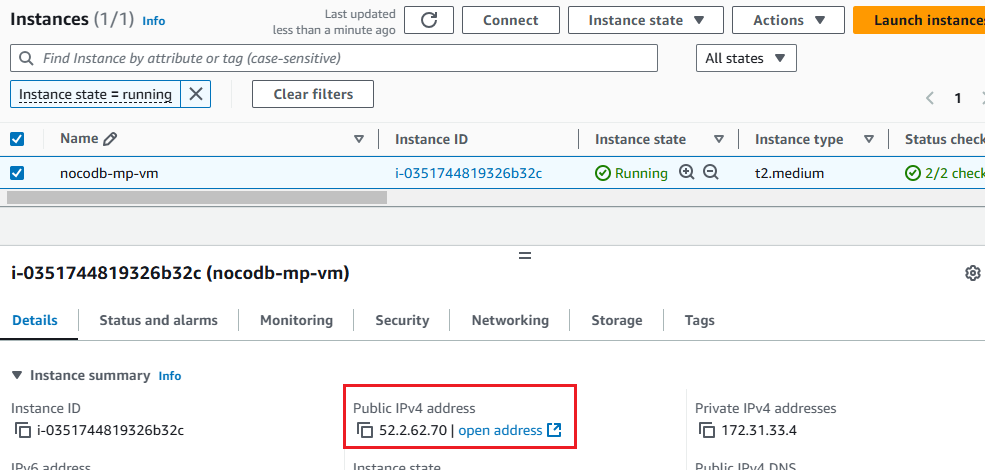
- Open putty, paste the IP address and browse your private key you downloaded while deploying the VM, by going to SSH->Auth->Credentials, click on Open. Enter ubuntu as userid
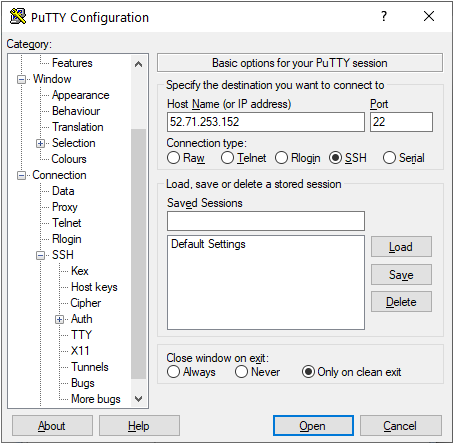
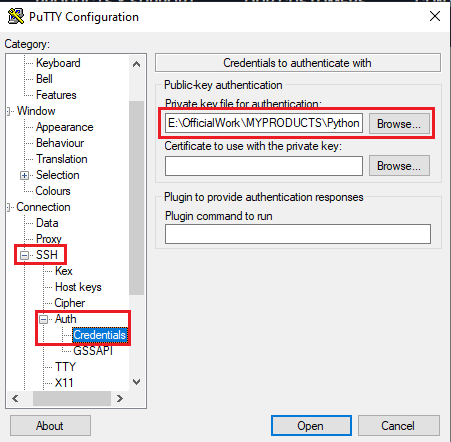
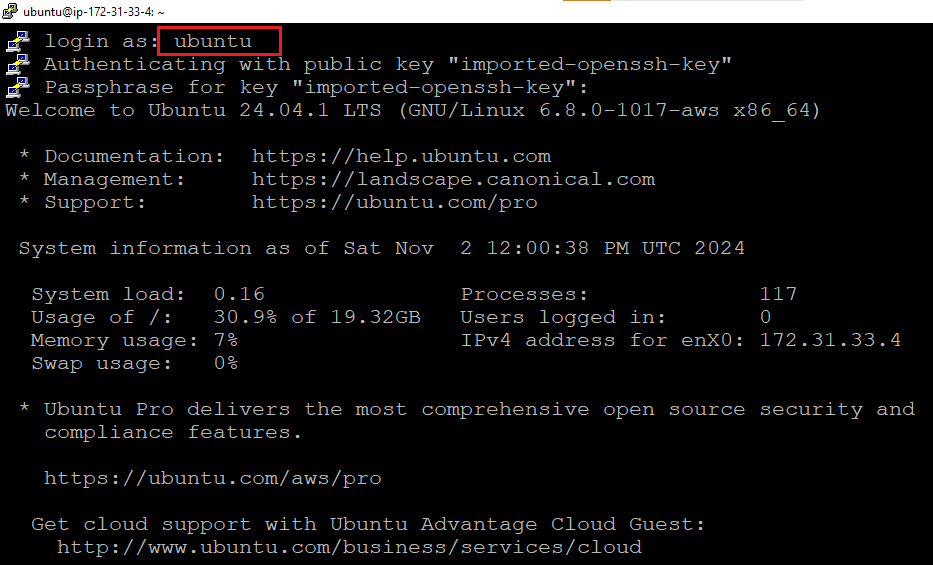
- Once connected, change the password for ubuntu user using below command

- Now the password for ubuntu user is set, you can connect to the VM’s desktop environment from any local Windows Machine using RDP protocol or Linux Machine using Remmina.
From your local windows machine, goto “start” menu, in the search box type and select “Remote desktop connection”. In the “Remote Desktop connection” wizard, copy the public IP address and click connect

- This will connect you to the VM’s desktop environment. Provide the username “ubuntu” and the password set in the above “Reset password” step to authenticate. Click OK
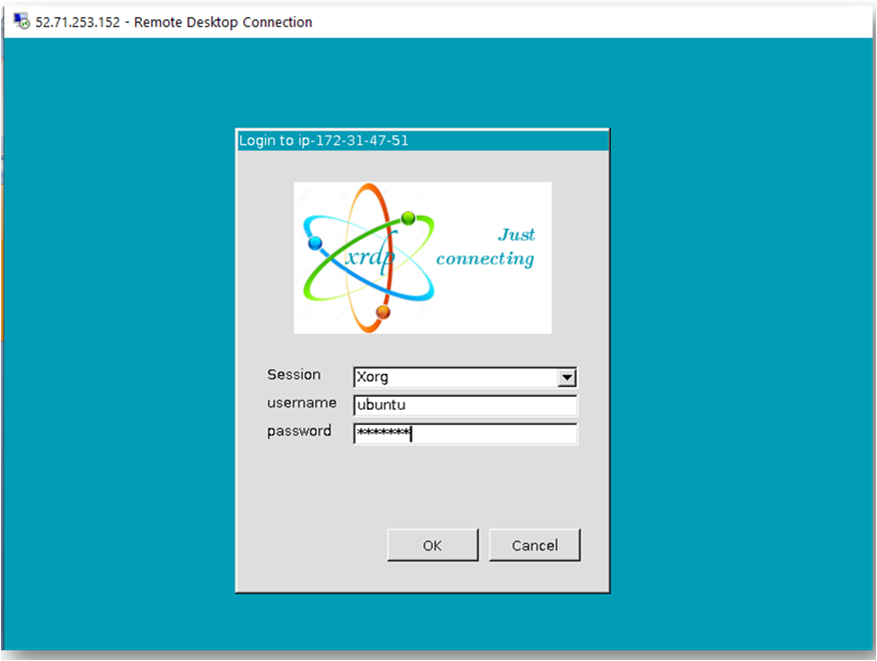
- Now you are connected to the out of box NocoDB: An Opensource License free alternative to Airtable VM’s desktop environment via Windows Machine.
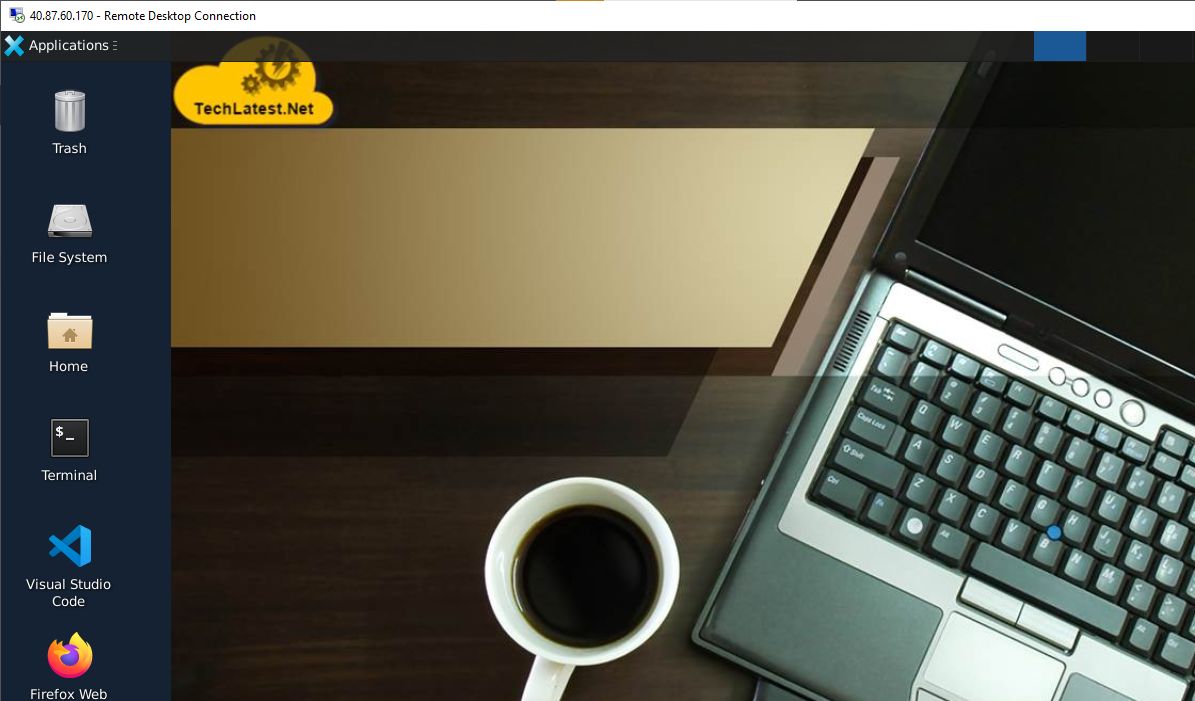
- To connect using RDP via Linux machine, first note the external IP of the VM from VM details page,then from your local Linux machine, goto menu, in the search box type and select “Remmina”.
Note: If you don’t have Remmina installed on your Linux machine, first Install Remmina as per your linux distribution.
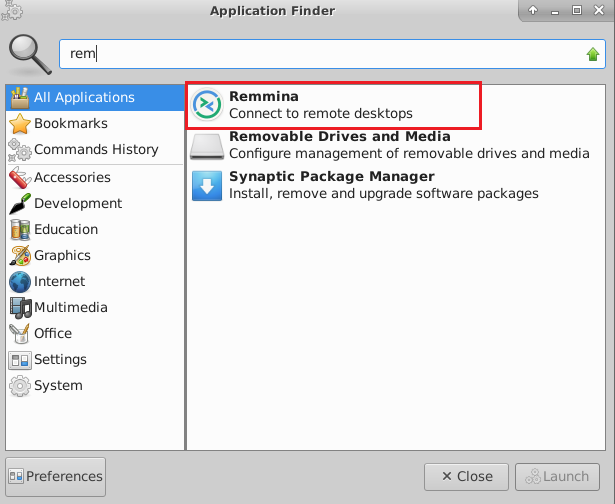
- In the “Remmina Remote Desktop Client” wizard, select the RDP option from dropdown and paste the external ip and click enter.
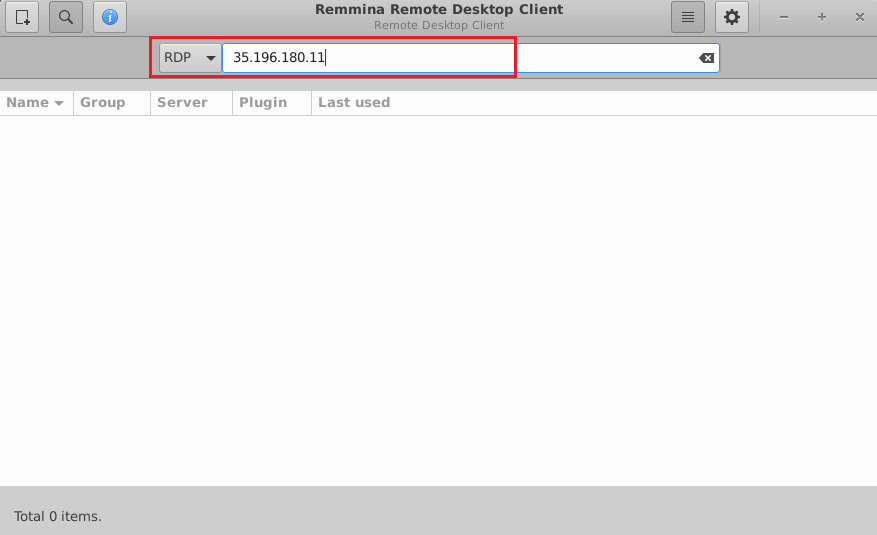
- This will connect you to the VM’s desktop environment. Provide “ubuntu” as the userid and the password set in above reset password step to authenticate. Click OK
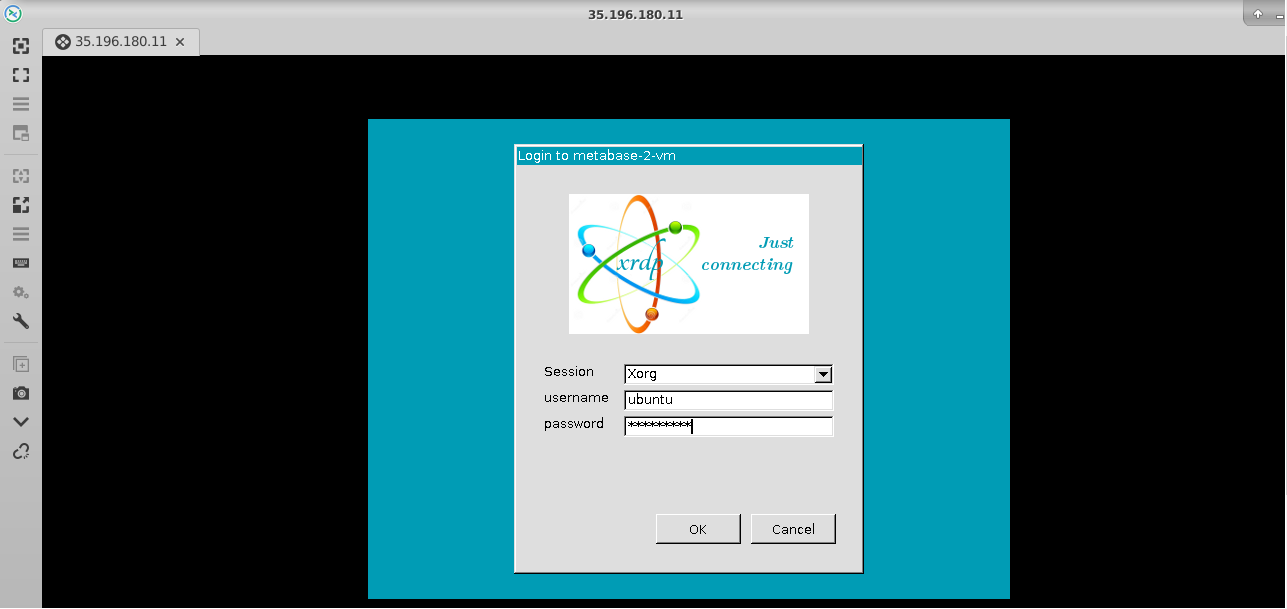
- Now you are connected to out of box NocoDB: An Opensource License free alternative to Airtable VM’s desktop environment via Linux machine.

- Inside GUI, Open terminal and navigate to setup directory using -
- Run the NocoDB installation script:
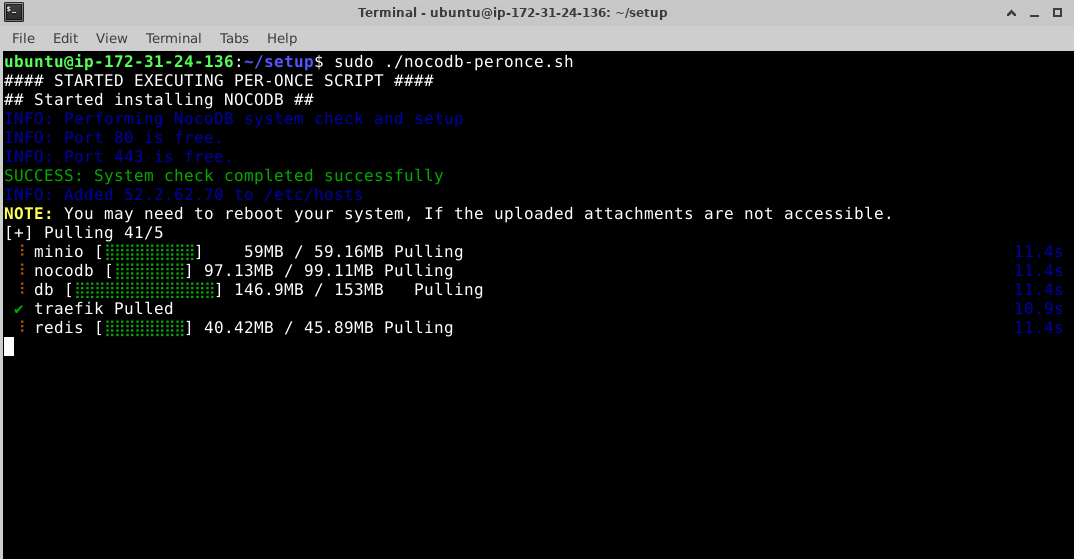
- Once installation is finished you will see “NocoDB is now available at http://public_ip_of_vm” message.
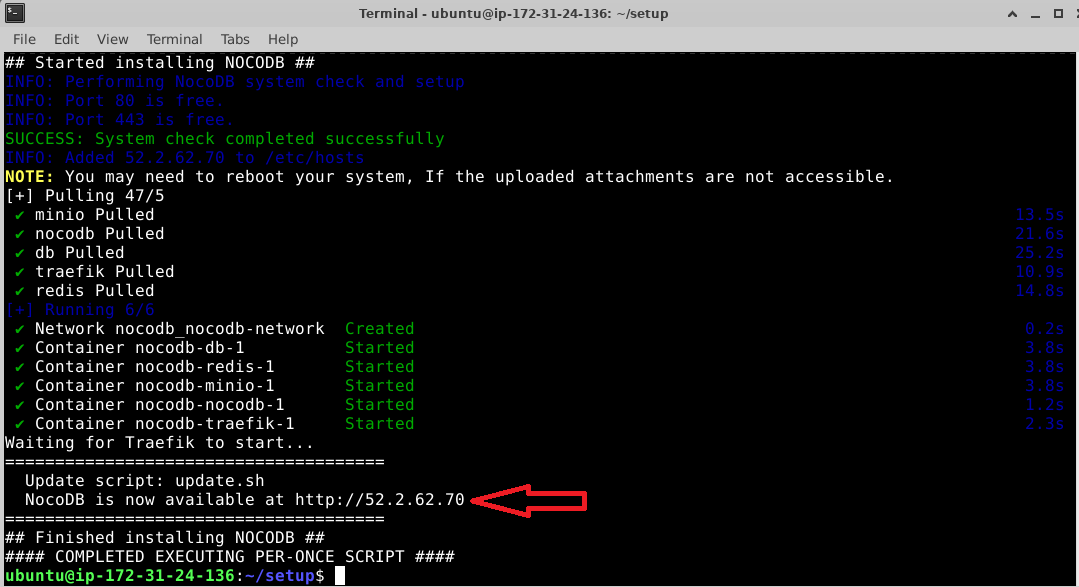
- To connect to NocoDB UI, copy the Public IP of the VM from VM’s overview page and paste it in the browser in the format http://public_ip/. Make sure to use HTTP and not HTTPS.
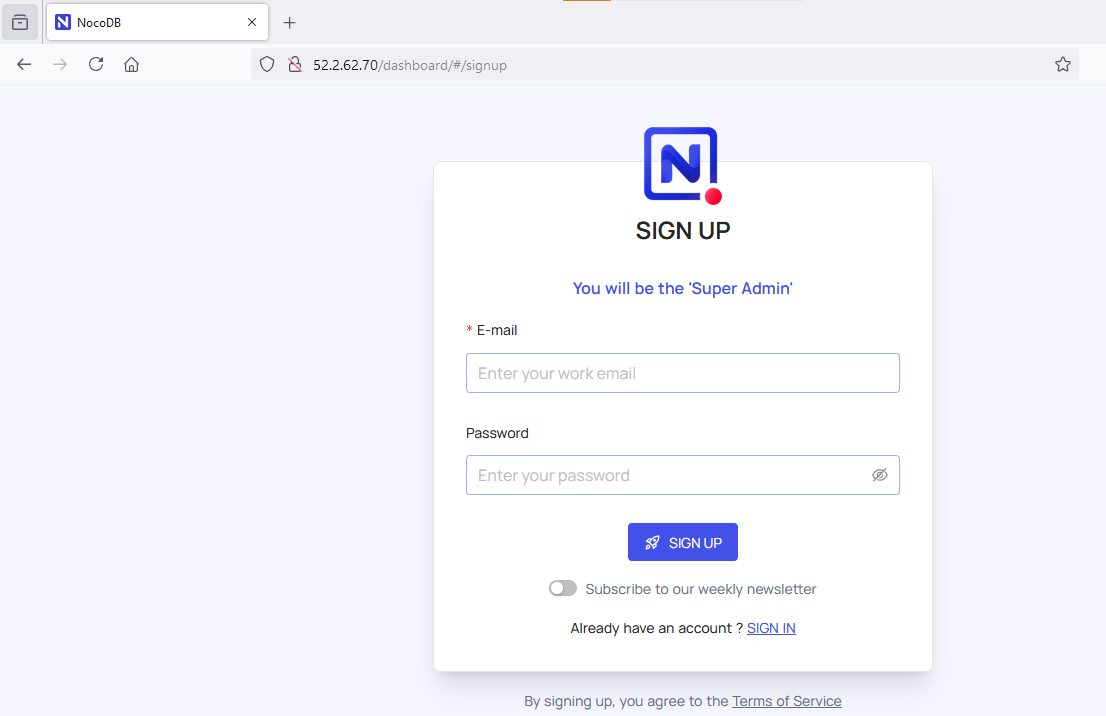
- Provide any email id and password to signup. This will create first user with Super Admin access.
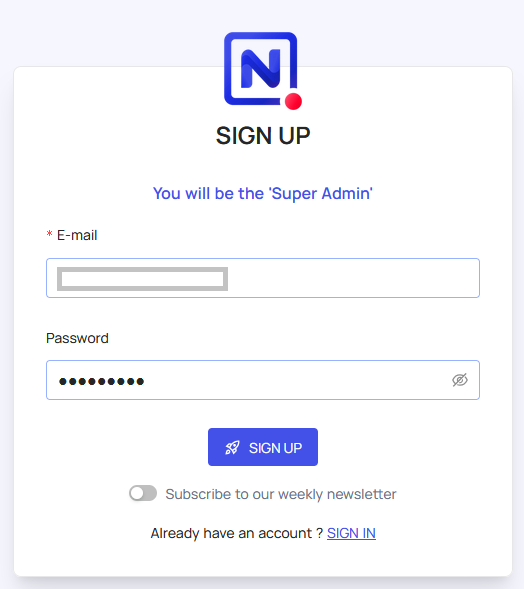
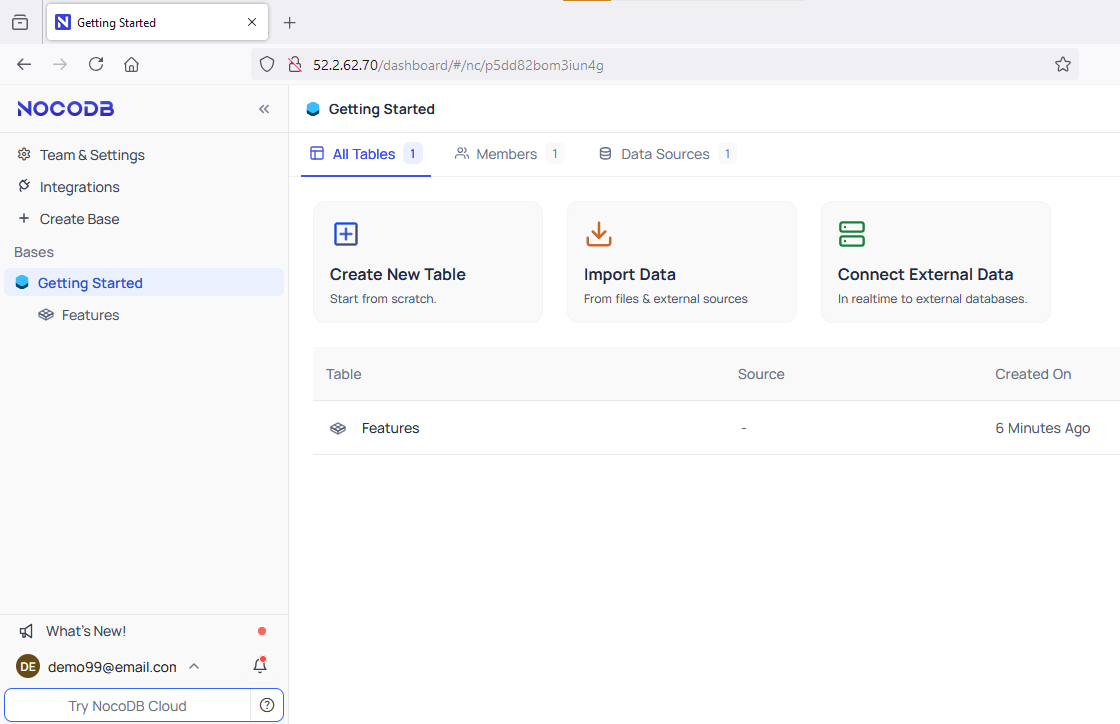
- You can also restrict the signup only using the invite url. To do so , go to Teams and Settings option from left pane of home page, select settings under User Management. Tick the checkbox to enable signup only using invite link.
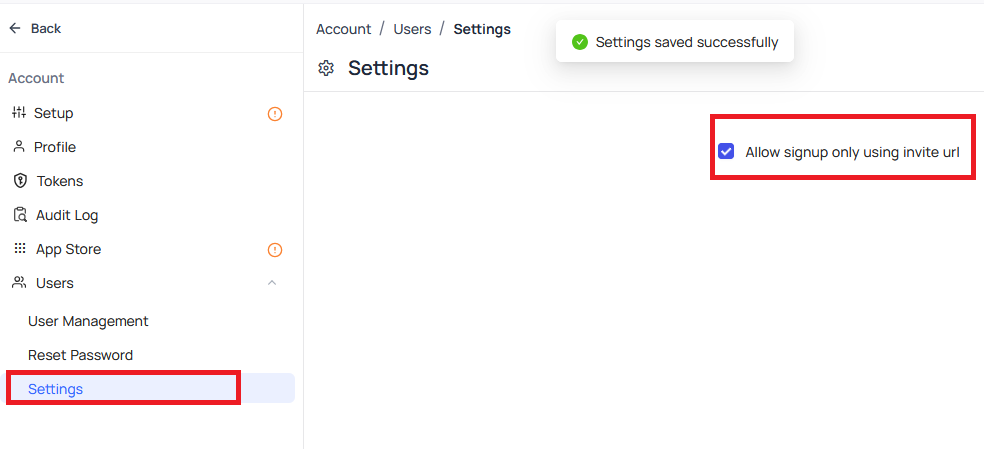
For more information on how to use NocoDB, please visit NocoDB Official Documentation





























